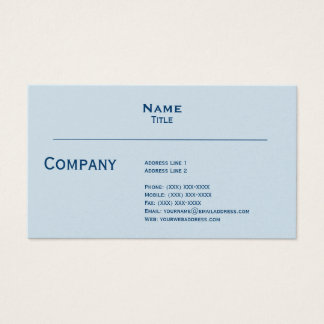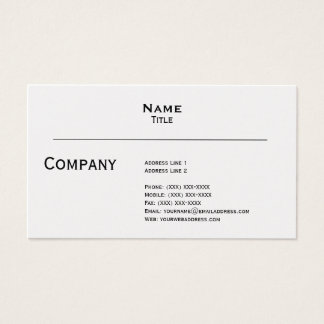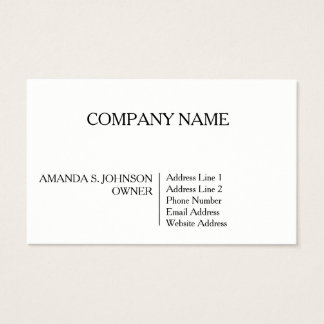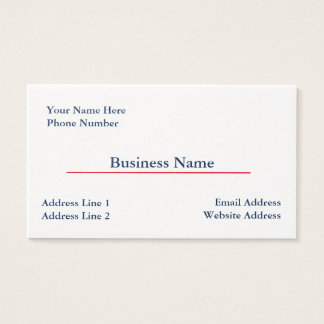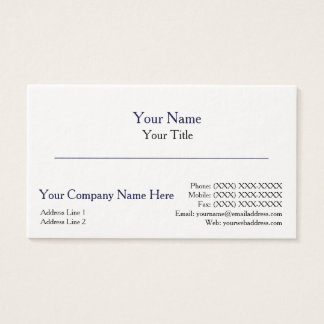So, you have finally figured out how big a boost video marketing can be to your overall Internet marketing efforts. Let’s face it; people would rather watch videos nowadays than read an article. And a lot of businesses are now leveraging that trend by posting tons of video content on their YouTube channel designed to create brand awareness, introduce and sell new products and services, promote upcoming events and generate new business.
Now, posting great video content on YouTube is one thing, making it easy for your target audience to find the video is another. Yes, posting a video on YouTube will generate traffic organically from YouTube searches and possibly from social media shares, especially if the content is of high value. However, imagine how wonderful it would be if your videos appeared on the first page of Google for your target keywords. That would be just amazing, right? But the real question is how do you do this.
Well, it’s not as difficult to get a YouTube video ranked on Google as you may think. All you need is a little video SEO and a bit of elbow grease and you should be able to get there.
Here are 3 key steps to help you along the way:
1. Optimize Your YouTube Video Page
The YouTube page where your video is posted is just like any landing page or website. It has the same on-page elements that Google uses to evaluate for search placement. So, like any landing page, you will want to optimize it for the keywords you are targeting. Here are the things you will need to do.
- Title: Write a compelling title that contains your target keyword. As much as possible, don’t exceed 70 characters, and make sure to have your target keyword within the first 5 words of the title.
- Description: Write a description of no less than 300 words. Insert your target keywords generously into the content. 4 to 5 exact match instances of the keywords you are targeting is a good rule to follow. The keyword should also appear in the first sentence of the description and in every paragraph thereafter. Including other relevant keywords in the description also helps. Finally, don’t forget to include links to your website and relevant links to other videos that can be found on your YouTube channel.
- Tags: This portion should contain all the keywords that matter. Your target keywords as well as other relevant tags. For instance, if you are targeting the keyword “Video SEO” for that particular video page, consider adding tags like “video”, “video marketing”, “SEO”, and “search engine optimization”.
- Transcript: If your video has voice-over or features someone talking, then it will be definitely worth your while to upload a transcript of the video script. Now, this only becomes beneficial if the keyword is mentioned at least 2 times in the video. This is an optional optimization technique since there have been cases where a video that didn’t have voice-over or a transcript still ranked on Google. In any case, having this element on your video page helps a lot, so consider getting it done.
Additionally, the audience retention rate of a video plays a factor in Google and YouTube search placement. In order to maximize this, you will want to not only produce great video content but keep the length of the video below 5 minutes. Shorter videos tend to generate better audience retention rates.
2. Get Immediate Traction for Your Video
Once your YouTube video has been published and the video page optimized for search, the next thing you will need to do is to get instant traction for it. This is because YouTube tends to rank videos that have a good deal of views, likes, comments, and social shares high on searches. Eventually, those same factors will increase the video’s visibility on Google.
So, how do we do that? Here are some actionable steps you can take:
- Embed the video on your website or blog. Doing this will not only create a high valued, relevant backlink to your YouTube video page, but will also provide the video with instant activity, especially if your website or blog gets a steady stream of web traffic.
- Share the video via your social media accounts. Facebook, Twitter, LinkedIn, Pinterest, and Google+ are just some of the social networks you should share your video on. Ask your network of friends and followers to watch, comment on, like, and share the video. If you have a Facebook Fan Page or a Google+ business page, consider sharing or embedding the video there as well.
- Email the video to your friends, colleagues, clients.
- Try to ask everyone you know that has an active account on YouTube to create a video response to your video. Every video response your YouTube video gets increases the page’s trust factor and popularity, which will have a significant effect on search placement on both Google and YouTube.
- Submit the video to social bookmarking sites like Stumbleupon and Delicious.
Again, Google treats a YouTube page like any other landing page. With that being said, link building will play a significant role in getting your video to the top of Google. This is especially true if the keywords you are targeting are highly competitive. A steady monthly link building campaign consisting of a variety of link types such as social bookmarks, blog articles, web 2.0 posts, article directory submissions, and video syndication, will greatly affect the video’s visibility on Google over time. Typically, with consistent link building, you can get a video ranking on page 1 of Google for your target search terms in less time than you think.
15% Off All Business Cards
VIEW ALL
$23.25
$60.05
$60.05
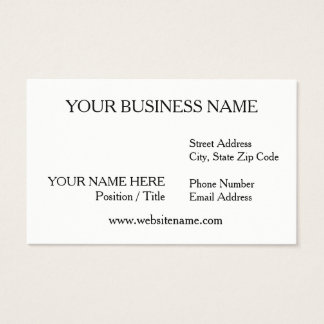
$44.25
$44.25
$58.55
$68.95
$65.40
$60.05

